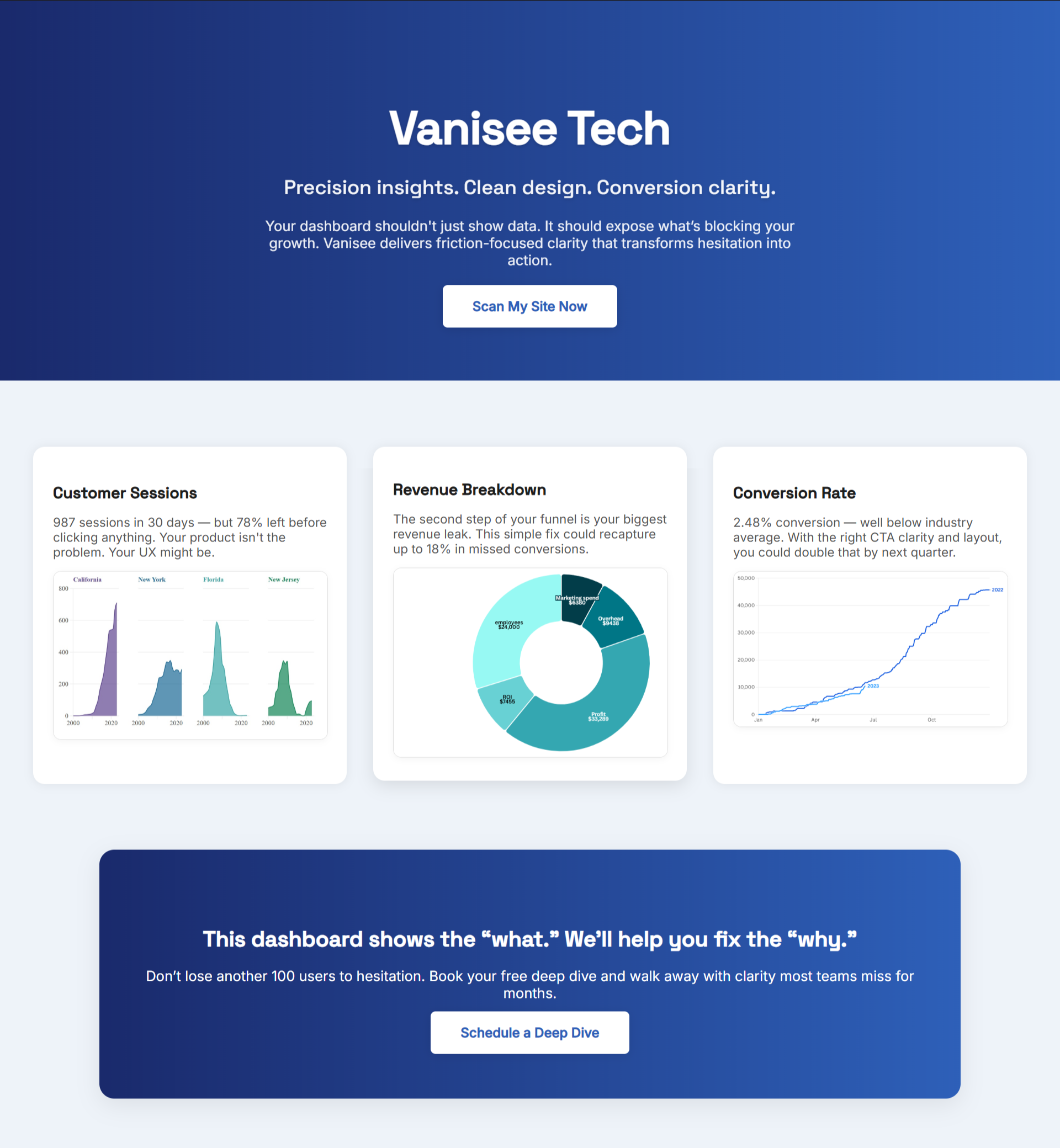Adoption friction kills quietly. Signups arrive, explore for a minute, and disappear. Sprints look busy while revenue lags. By the time renewal data confirms the problem, the spend is already gone. This playbook sets non-negotiable adoption targets for any SaaS development company so what ships turns into customers who stay.
Define Activation Math Before Any Sprint
You don’t need a hundred KPIs. You need three moments that forecast revenue: the first minute, the second session, and the renewal moment. If these aren’t designed and measured on day one, effort scatters and burn increases.
- First minute: A new user understands the promise and completes one meaningful action in under 60 seconds on a phone.
- Second session (24–48 hours): The product acknowledges progress and presents one clear next step.
- Renewal moment: A repeatable outcome proves value on a steady cadence (report, sync, alert, refreshed metric).
Partners who can’t describe how they’ll enable and verify these signals will deliver movement without momentum. Stage-fit issues compound this risk, as outlined in The Hidden Risk of MVP Development Company Misalignment With Your Stage.
Design the First Minute Like Revenue Depends on It
Lead with a line that names the audience and the outcome in plain words. Match the button to natural intent. Place reassurance near that action—privacy, reliability, cancellation, or time to value. Put proof where eyes land: rating count, logo row, or a short testimonial tied to the promise.
Skip these and hesitation grows. Support sees “how do I” questions. Sales calls stretch. Product adds features instead of removing friction—the pattern we unpacked in The SaaS Development Company Blind Spot That Costs You Trust.
Second Session: The KPI That Predicts Expansion
Trials that never return almost never convert. The second session is product memory: saved state, visible progress, one recommended next step. If users return to a blank slate or an unhelpful tour, they assume their time will keep getting wasted.
Prototype the return path before code begins. Demand a demo of what the user sees when they come back, how their last action is acknowledged, and the next step highlighted.
The Renewal Moment Must Be Designed, Not Discovered
Retention starts when value repeats on a rhythm customers feel. Choose the cadence your market already lives by, then create one artifact that always delivers it: a scheduled email, in-app card, dashboard tile, or alert that triggers action.
.png)
When partners scope for feature breadth instead of recurring proof, churn gets baked in. That misalignment mirrors the failures described in The Hidden Risk of MVP Development Company Misalignment With Your Stage.
Instrumentation: The Minimum Viable Truth
Five events reveal where to act before revenue suffers.
- value_first_minute — first meaningful action completed
- return_48h — user comes back within two days
- next_step — guided action tapped in the second session
- proof_repeat — renewal artifact delivered and engaged
- kept_account — account meets your retention threshold with repeat value
Review these daily in week one, then weekly. Fix the first screen if value_first_minute is weak. Strengthen saved state and guidance if return_48h lags. Adjust cadence or presentation if proof_repeat fades.
Scope With Moments, Not Modules
Replace module checklists with moments: first minute, second session, renewal proof. Anything not serving those waits. This shifts kickoff from debating features to locking copy, reassurance, proof placement, and speed limits for the initial experience—plus the exact return view and renewal cadence.
Speed Limits on First Touch
Slow first impressions erase effort. Set budgets for hero media, scripts, and fonts. Test on a real 4G connection. Confirm time-to-first-action on a common phone. If the first tap feels heavy, users won’t keep exploring.
Questions That Expose Risk Before You Sign
Use these in your next call. Answers separate partners who ship adoption from partners who ship activity.
- “Show the first-minute mobile mock with headline, button copy, and reassurance we’ll ship.”
- “Demo the second session: saved state, progress acknowledged, and one recommended next step.”
- “What is our renewal cadence and the artifact customers will receive? Please show a draft.”
- “What are our speed limits for first load and first action, and how will you verify them on 4G?”
- “Which five events will be live at launch to confirm activation math in week one?”
- “If activation drops post-release, what is our 24-hour rollback plan?”
Future State: Two Weeks After You Ship With Clarity
“Without data you’re just another person with an opinion.” — W. Edwards Deming
New users reach value inside a minute. More than half return within 48 hours. The return view shows progress and one clear step. The renewal artifact lands on schedule and gets opened. Support shifts from basics to outcomes. Sales demos shorten because the product shows itself. Planning gets calmer because the events point to the next fix.
How BluePing Prevents Expensive Surprises
Skipping a pre-release clarity pass is risky. Hidden friction stalls trials, sinks return rates, and hides renewal proof. Marketing spend then feeds a product that bleeds attention. Recovery takes quarters.
BluePing scans key flows and flags exactly where adoption breaks: weak hierarchy on the first screen, vague button copy, reassurance out of view, slow assets that make the first action feel heavy, return paths that ignore progress, and renewal cues nobody sees. Fix these before launch and before budget burns on traffic that won’t convert.
This was just the surface. What’s beneath could be costing you thousands in missed activations and renewals. Enter your email to join the waitlist with it literally taking seconds to do, and join the hundreds of SaaS and eCommerce businesses waiting to get ahold of the first UX intelligence engine in the market.

.png)


.png)
